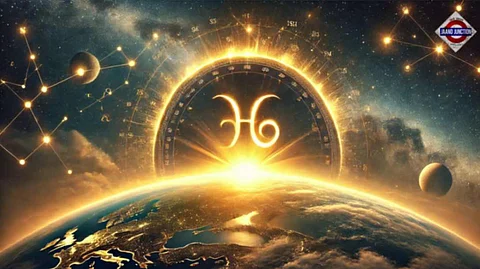

Makar Sankranti, celebrated annually on January 14th or 15th, marks a significant transition in the Indian calendar as the Sun moves into the zodiac sign of Capricorn (Makara). This festival is not just an astronomical event; it holds deep cultural, spiritual, and agricultural importance across India. As we delve into the significance of Makar Sankranti, we will explore its historical roots, devotional practices, spiritual meanings, scientific relevance, and regional celebrations that showcase the rich tapestry of Indian culture.
The term "Makar Sankranti" derives from "Makara," meaning Capricorn, and "Sankranti," which refers to the transition of the Sun from one zodiac sign to another. This celestial event signifies the end of winter solstice and the beginning of longer days.
Makar Sankranti is steeped in mythology. One popular legend recounts Lord Vishnu's victory over the demon Sankarasura. This triumph symbolizes the victory of good over evil and is celebrated with various rituals and prayers. Another story highlights the meeting between the Sun God and his son Shani Dev, emphasizing family bonds and values.
Different regions celebrate Makar Sankranti with unique customs that reflect local traditions. In Punjab, it is celebrated as Lohri; in Tamil Nadu, it transforms into Pongal; while in Gujarat, kite flying becomes a central theme. Each celebration adds to the festival's cultural richness.
Makar Sankranti is dedicated to Surya, the Sun God, who represents energy and life. Devotees offer prayers and perform rituals to express gratitude for his blessings.
On this day, many people take holy dips in sacred rivers such as the Ganges and Yamuna. These rituals are believed to cleanse one’s sins and bring prosperity.
The festival fosters community spirit as families come together to celebrate. Sharing traditional sweets like tilgul (made from sesame seeds) symbolizes unity and goodwill among neighbors.
Makar Sankranti represents the transition from darkness to light, serving as a metaphor for enlightenment and positivity. It encourages individuals to reflect on their lives and seek personal growth.
The festival invites self-reflection and promotes a sense of renewal as people set intentions for the coming year.
Charity plays a vital role during Makar Sankranti. Many engage in acts of kindness by donating food or clothing to those in need, reinforcing community bonds.
The movement of the Sun into Capricorn marks an important astronomical event known as Uttarayana, which initiates a six-month period considered auspicious in Hindu culture.
Makar Sankranti signifies the end of winter crops and heralds the beginning of new sowing seasons. It is a time for farmers to express gratitude for their harvests while preparing for future planting.
Makar Sankranti is celebrated differently across various states in India:
North India: In Punjab, Lohri features bonfires and traditional dances, while families share sweets made from sesame and jaggery.
South India: In Tamil Nadu, Pongal is celebrated over four days with special dishes prepared for the Sun God.
West India: Kite flying is a hallmark in Gujarat, symbolizing freedom and joy during this festive season.
East India: The Ganga Sagar Mela in West Bengal draws pilgrims for holy dips at the confluence of rivers.
Central India: In Madhya Pradesh and Chhattisgarh, folk dances and community feasts mark the occasion.
Each region has its own name for Makar Sankranti:
Lohri in Punjab
Pongal in Tamil Nadu
Uttarayan in Gujarat
Magh Bihu in Assam
Makar Sankranti is a multifaceted festival that embodies devotion, spirituality, science, and cultural diversity. As we celebrate this auspicious occasion on January 14th or 15th each year, we honor not only the celestial shift but also our rich heritage that binds us together as a nation. This festival serves as a reminder to embrace positivity, practice gratitude, and cherish our connections with family and community while looking forward to new beginnings.
